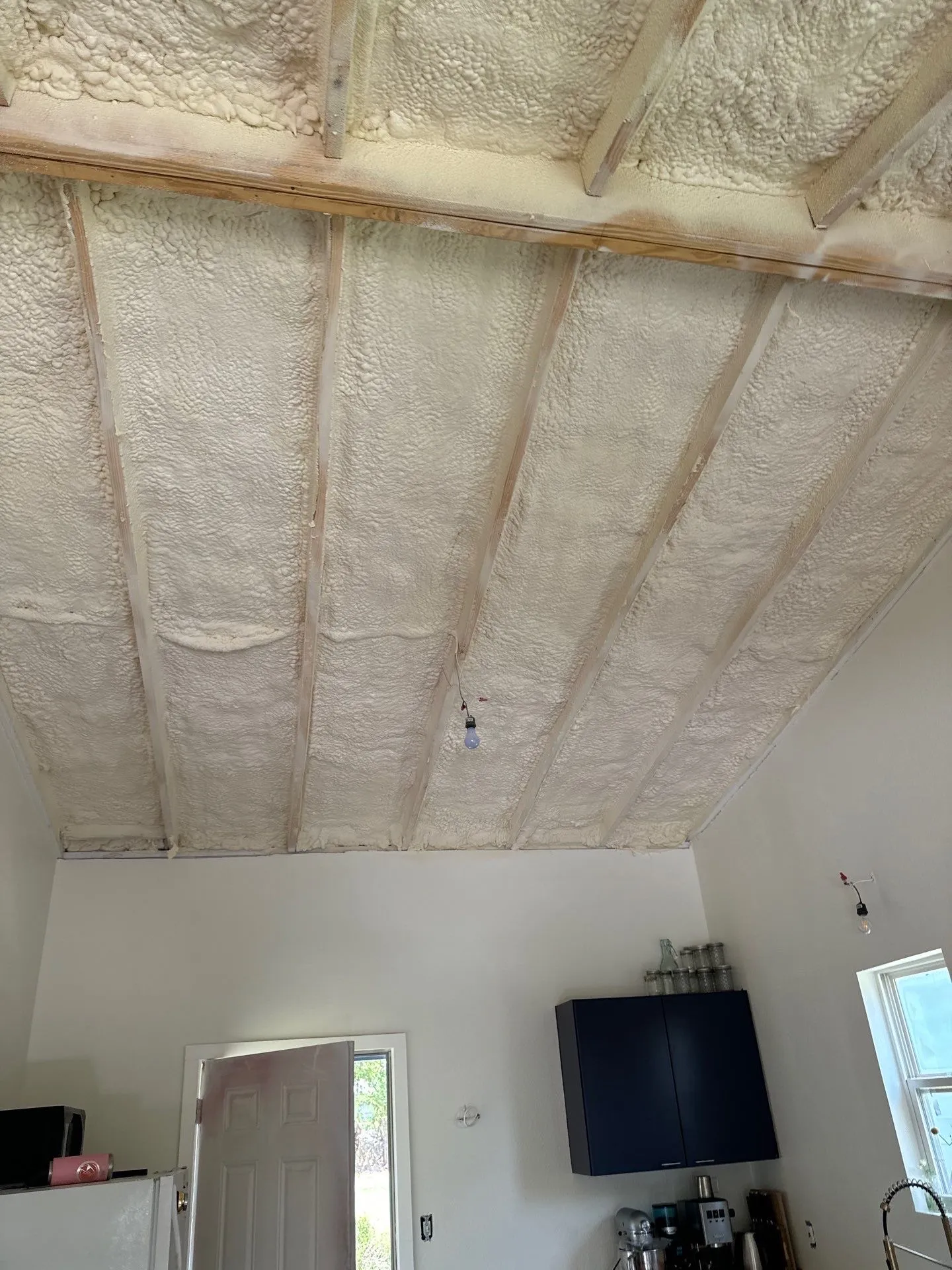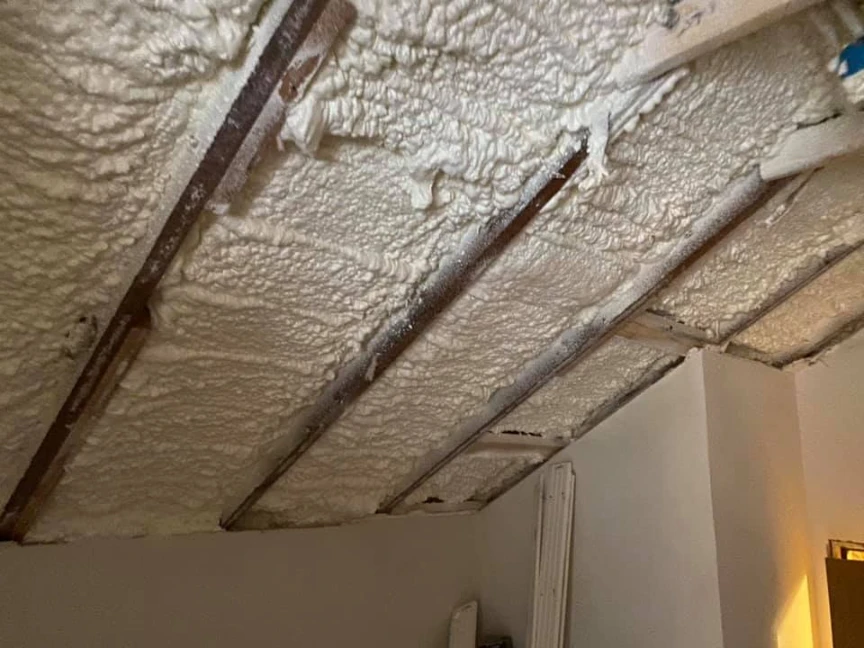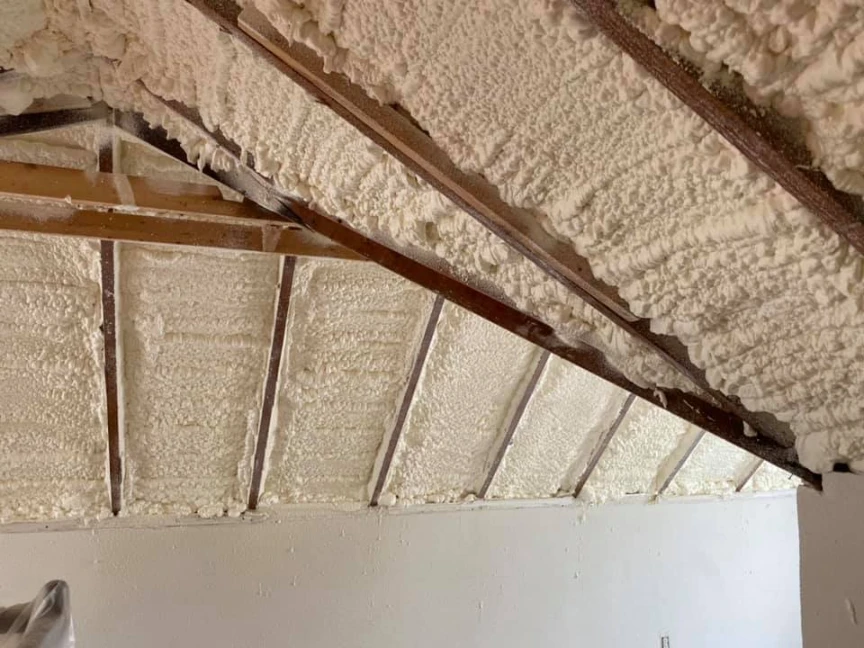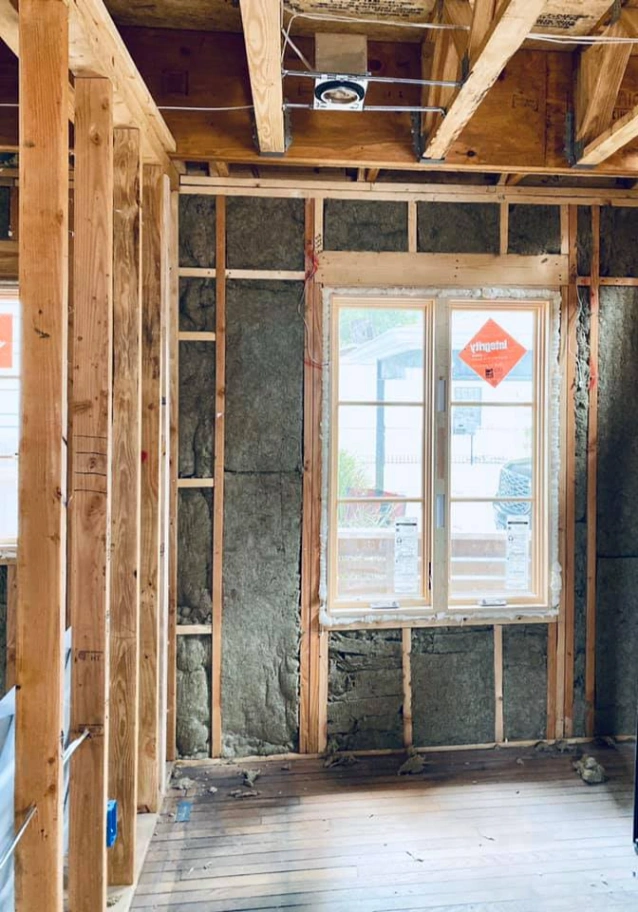Homeowners in Redwood, Texas, often see a payback period of three to five years for spray foam insulation investments. This range comes from average installation costs between $1.50 and $3 per square foot and energy savings of 20% to 50% on cooling and heating bills in the region’s hot, humid climate. Factors like home size, existing insulation, and local utility rates shape the exact timeline.
To understand why, this article breaks down the details behind that period, including cost breakdowns, energy savings calculations, and regional influences. Information draws from years of handling insulation projects in Central Texas, where hot summers drive high cooling demands. Readers gain practical steps to estimate their own payback based on real-world data.
Understanding Payback Period Basics
Payback period measures how long it takes for energy savings to cover the upfront cost of insulation. For spray foam, this involves subtracting annual bill reductions from the installation price until the total reaches zero. In Redwood, TX, the area’s long cooling season shortens this period compared to cooler regions.
As mentioned earlier, spray foam seals air leaks better than traditional fiberglass, reducing energy loss through walls and attics. A study by the U.S. Department of Energy indicates spray foam can cut heating and cooling costs by up to 50% in homes with poor prior insulation. Local electric rates around 13 cents per kWh amplify these savings during peak summer use.
Cost Breakdown for Installation in Redwood
Installation costs vary by home size and type of spray foam—open-cell or closed-cell. Open-cell runs cheaper at $1 to $2 per square foot, while closed-cell, with its higher R-value, costs $2 to $4 per square foot. For a typical 2,000-square-foot home in Redwood, expect totals from $3,000 to $8,000.
Labor adds $0.50 to $1 per square foot due to the need for professional application in Texas heat. Additional expenses include attic access prep or moisture barriers suited to the humid climate. Market data from HomeAdvisor shows Texas averages 10% below national figures because of competitive local contractors.
Bonus Tip from Field Experience
Check for rebates from Oncor Energy, the local utility, which can offset 20% of costs for energy-efficient upgrades. This directly shortens payback by reducing out-of-pocket expenses.
Energy Savings in the Redwood Climate
Redwood sits in Bastrop County, where summers hit 95°F with high humidity, pushing air conditioning use from April to October. Spray foam’s airtight seal prevents hot air infiltration, lowering cooling needs. Annual savings average $500 to $1,200 for a standard home, based on Oak Ridge National Laboratory testing in similar Southern climates.
Winters stay mild, but occasional cold snaps benefit from the insulation’s thermal resistance. Data from the Texas State Energy Conservation Office reports Central Texas homes lose 25% of cooled air without proper sealing—spray foam addresses this directly.
The following table compares the two types:
| Factor | Open-Cell Foam | Closed-Cell Foam | Estimated Annual Savings in Redwood |
|---|---|---|---|
| R-Value per Inch | 3.5-4 | 6-7 | N/A |
| Cost per Sq Ft | $1-2 | $2-4 | N/A |
| Cooling Reduction | 20-30% | 30-50% | $400-800 (Open), $600-1,200 (Closed) |
| Payback Range | 4-6 years | 3-5 years | Based on 2,000 sq ft home |
This table highlights choices based on budget and performance needs.
Calculating Your Payback Period
Start with your home’s square footage in walls and attic. Multiply by per-square-foot cost for the total investment. Estimate savings using your latest utility bills—divide annual cooling costs by 12, then apply the 20-50% reduction. Divide the total cost by yearly savings for the period in years.
For example, a 1,500-square-foot home at $2.50 per square foot costs $3,750. With $800 annual savings, payback hits 4.7 years. Adjust for Redwood’s 2,500 cooling degree days per year— a measure of how much cooling is needed based on temperatures above a base point—higher than the U.S. average, which boosts savings.
Bonus Tip from Field Experience
Measure air leaks with a blower door test before installation. Homes with high leakage see faster payback, often under three years, as spray foam in Redwood, TX targets those weak spots effectively.
Regional factors like soil moisture around foundations influence closed-cell choices for better vapor resistance in the clay-heavy soils of Bastrop County.
Things to Consider Before Making a Decision
Assess current insulation levels—adding spray foam over existing material may not yield full benefits and could raise costs. Home age matters; older Redwood homes from the 1980s often have settling attics that complicate installs.
Utility rates fluctuate, so review recent Oncor bills for accurate baselines. Consider home resale value—insulated homes sell 5-10% higher in Texas markets, per Realtor.com data, adding indirect returns.
Health aspects include choosing low-VOC foams to avoid indoor air issues in tight seals. Finally, hire licensed installers familiar with Texas building codes to ensure code compliance and warranty validity.
Bonus Tip from Field Experience
Schedule installs during cooler months to avoid equipment strain in summer heat, which can affect foam expansion and adhesion.
Key Takeaways
Spray foam insulation in Redwood, TX, typically pays back in three to five years through substantial energy savings in the hot climate. Calculations depend on home specifics, but tools like utility bill reviews make estimates straightforward. Evaluate personal energy use, local incentives, and installation quotes to align with long-term comfort and cost goals.
Ready to Explore Insulation Options
Contact Stellrr at info@stellrr.com or (512) 710-2839 for a free assessment tailored to Redwood homes. Discuss costs, savings projections, and regional adaptations to fit specific needs. This step clarifies if spray foam matches your setup without commitment.
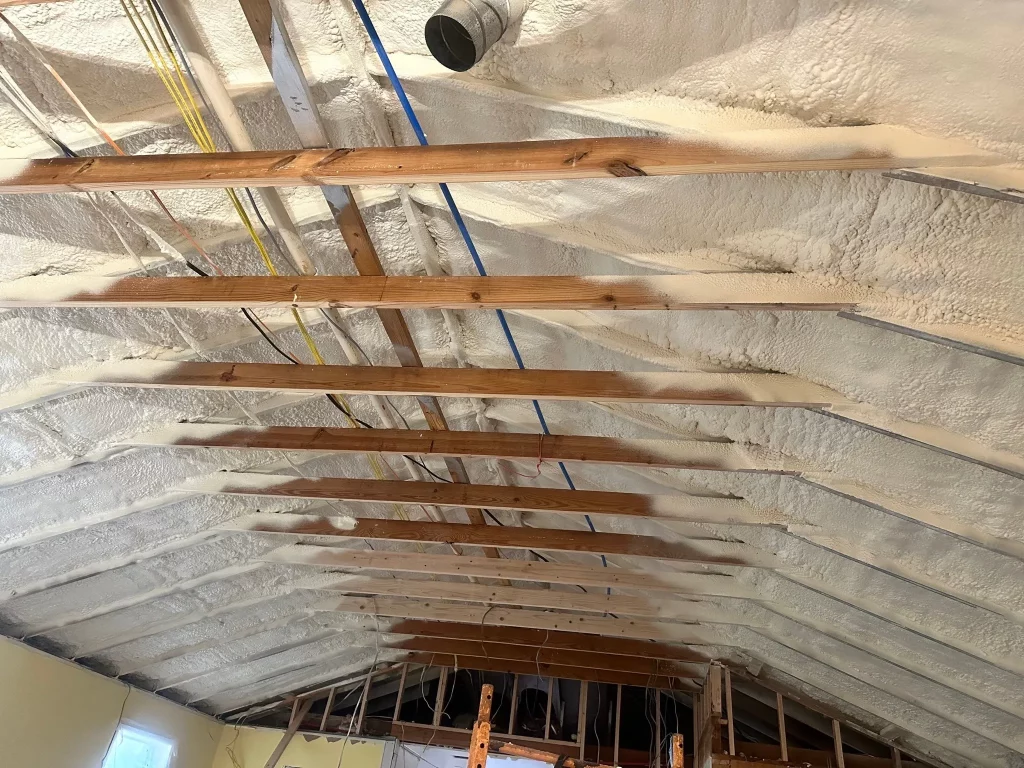
Common Questions
How Does Spray Foam Compare to Other Insulations?
Readers often ask about maintenance or comparisons to other insulations. Spray foam requires little upkeep once installed, unlike batts that shift over time. It outperforms fiberglass by 50% in air sealing, leading to quicker paybacks in humid areas.
Can Homeowners Install Spray Foam Themselves?
Another frequent query involves DIY options. Professionals recommend against it due to safety risks with chemicals and the chance of uneven application, which reduces effectiveness.
How Does Spray Foam Compare to Other Insulation Types?
Fiberglass costs less upfront but delivers lower R-values and allows more air movement, extending payback to 7-10 years in Redwood. Cellulose offers good coverage but absorbs moisture in humid conditions, risking mold.
Spray foam stands out for its permanence and superior performance in Texas heat.
Will Insurance or Taxes Affect the Payback?
Some policies offer discounts for energy-efficient homes, cutting long-term costs. Federal tax credits via the Inflation Reduction Act cover up to 30% of qualified insulation, per IRS guidelines, shortening payback by a year or more.
Can Payback Vary by Home Size?
Yes, larger homes spread fixed costs thinner, often yielding two-year paybacks. Smaller spaces face higher per-square-foot expenses, pushing periods to five years.
Is Spray Foam Suitable for All Redwood Homes?
Most yes, but historic structures may need custom approaches to preserve aesthetics while adding insulation.
What If Energy Prices Rise?
Higher rates accelerate payback; a 20% utility increase could halve the period in volatile Texas markets.
Sources
- U.S. Department of Energy – Government resource on insulation types and energy savings, used for performance data.
- Oak Ridge National Laboratory – Research lab providing tested data on insulation efficiency in Southern U.S. climates.
- IRS – Official tax credit information for home energy improvements.


